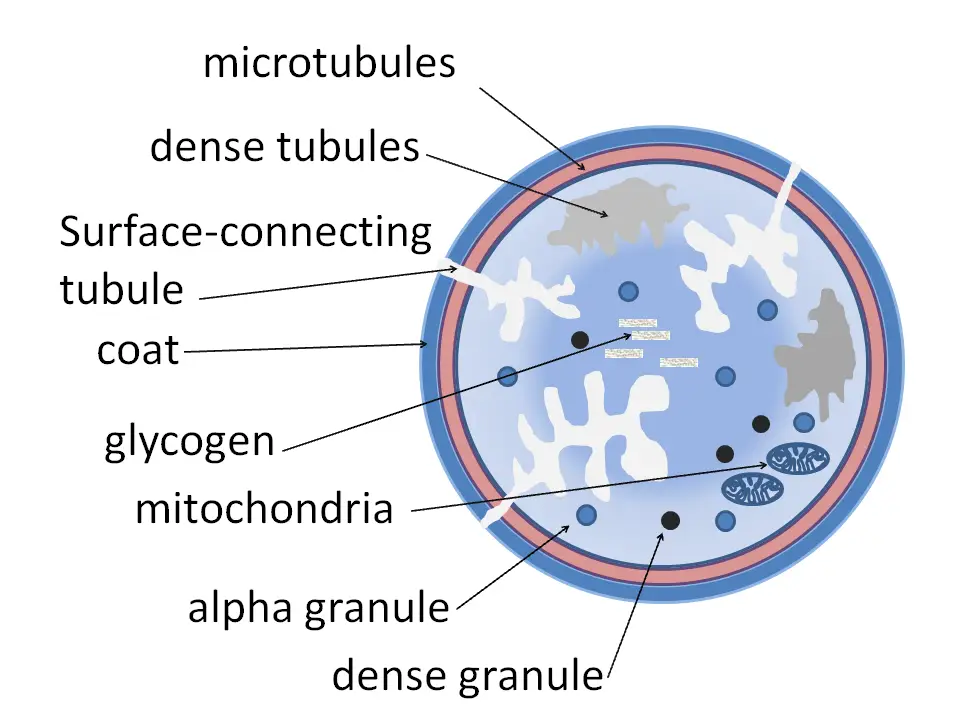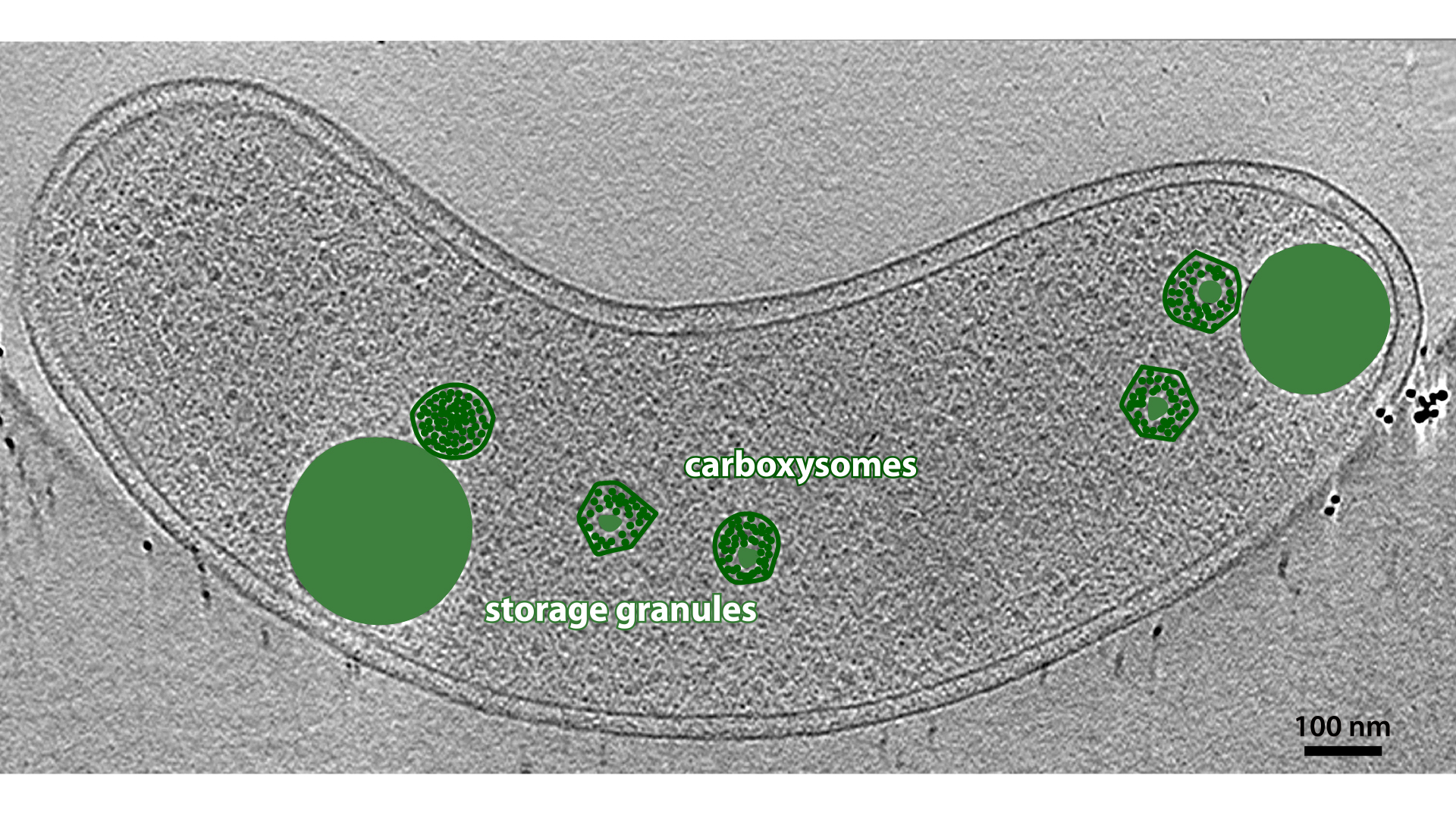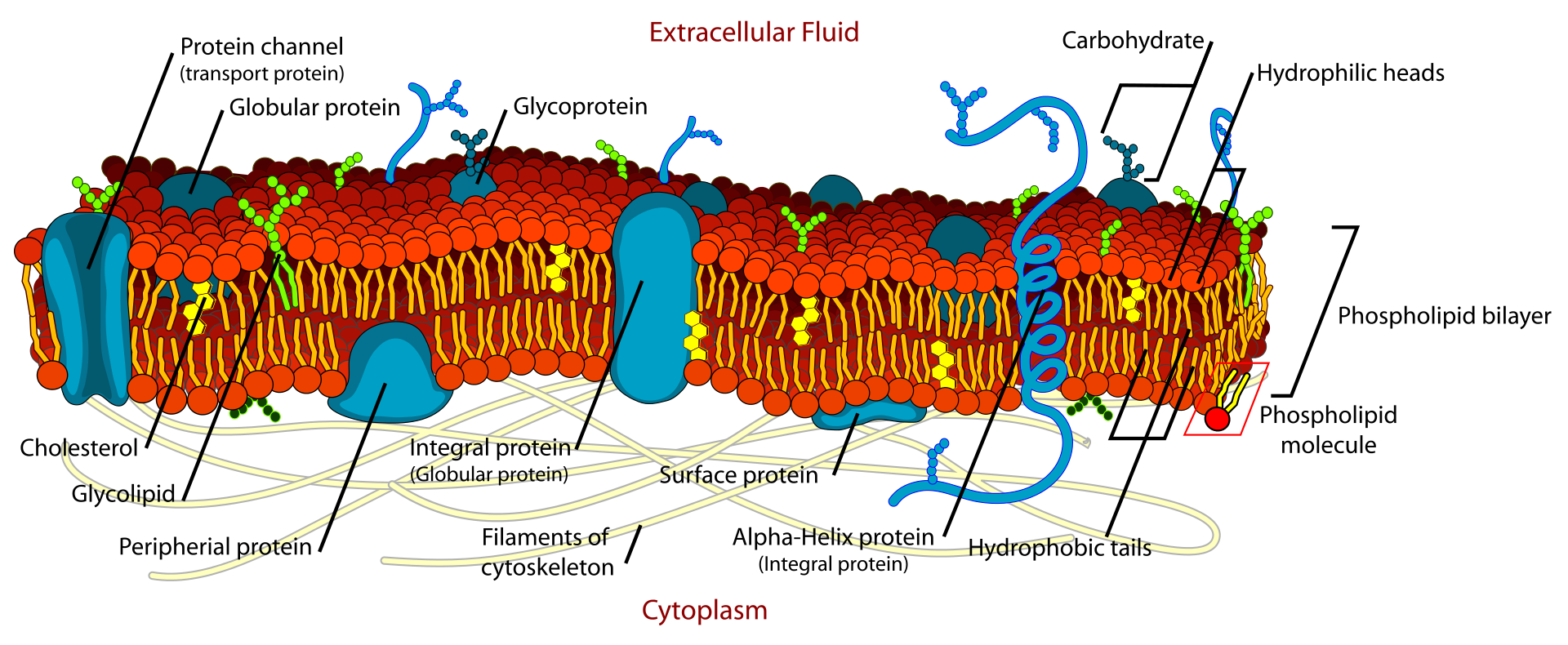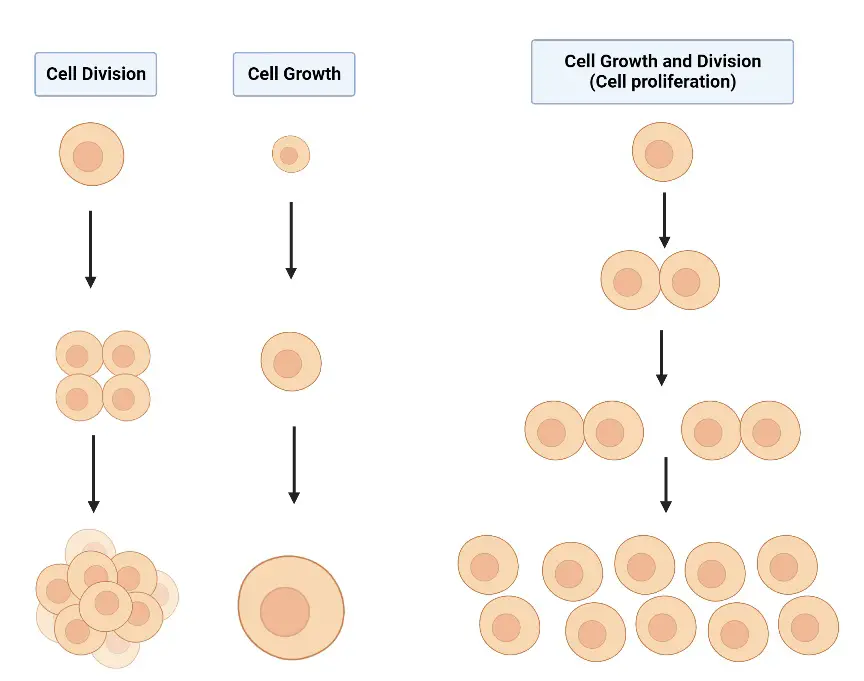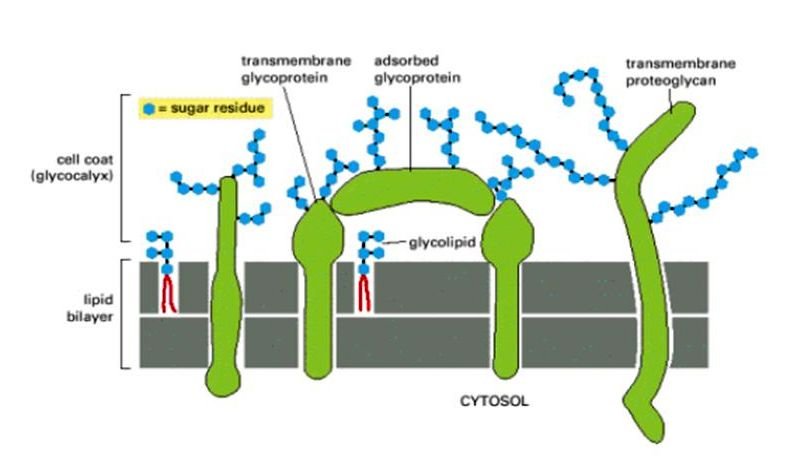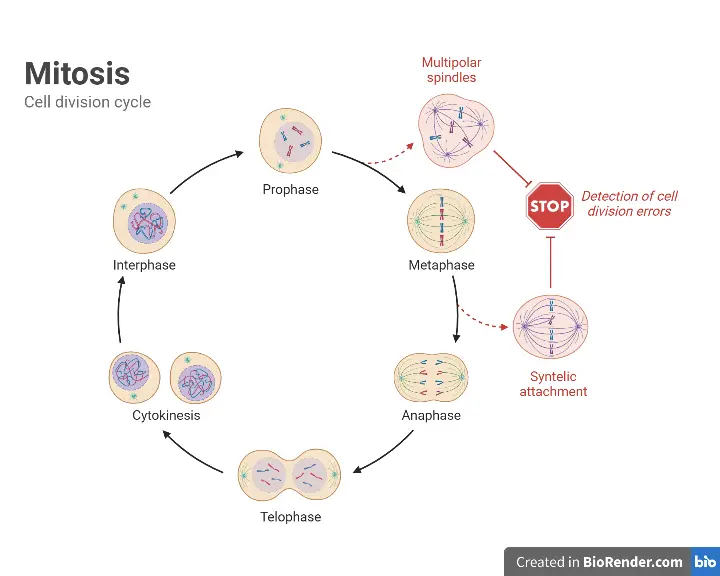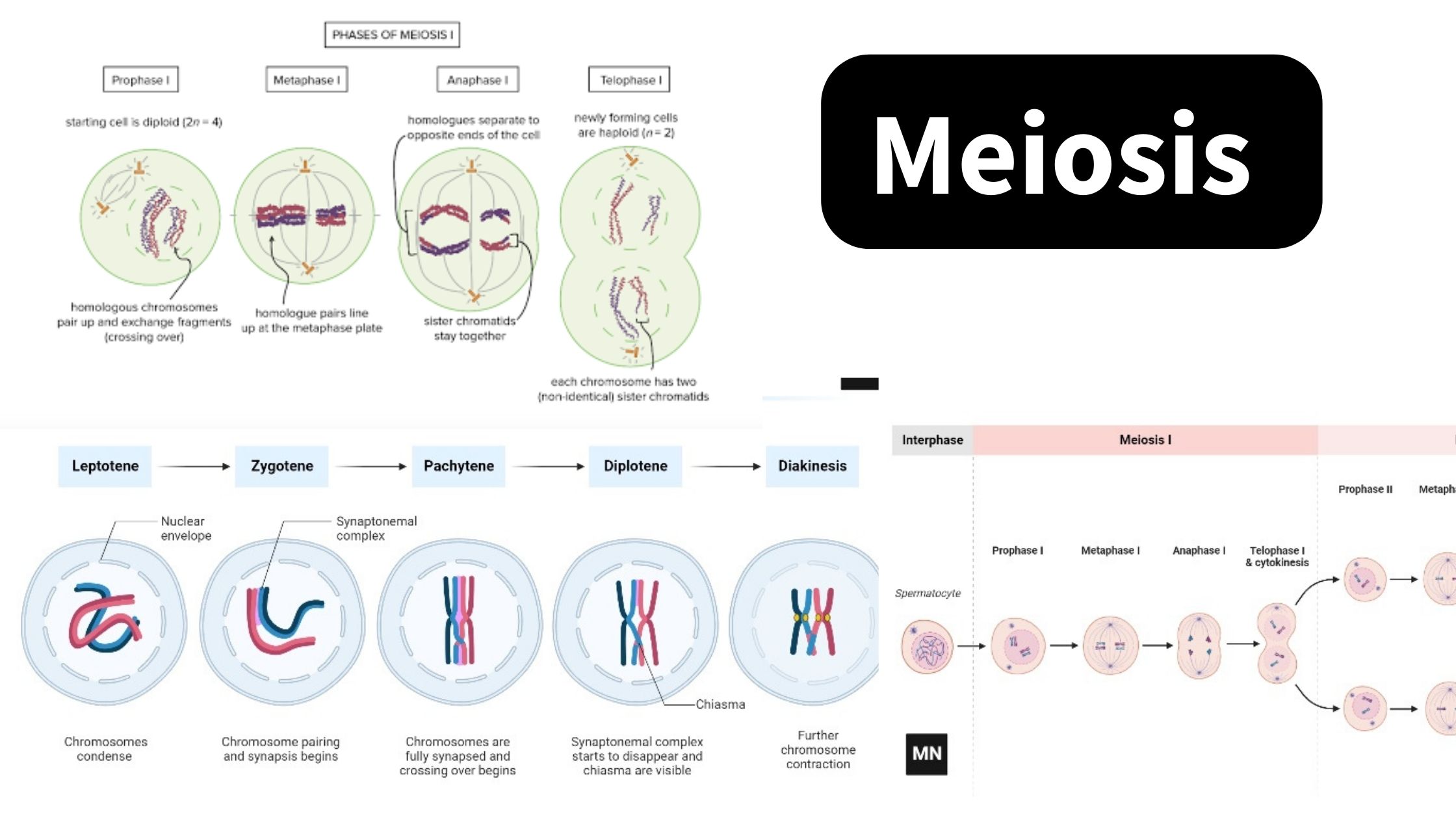Platelets (Thrombocytes) – Definition, Structure, Function
What are Platelets (Thrombocytes)? Platelets (Thrombocytes) Definition Platelets, also known as thrombocytes, are anucleated cells derived from megakaryocytic cells in the bone marrow. They are the second most abundant cells in the blood circulation and play a crucial role in maintaining hemostasis by initiating blood clotting. Platelets also have non-hemostatic immune functions and can release … Read more
